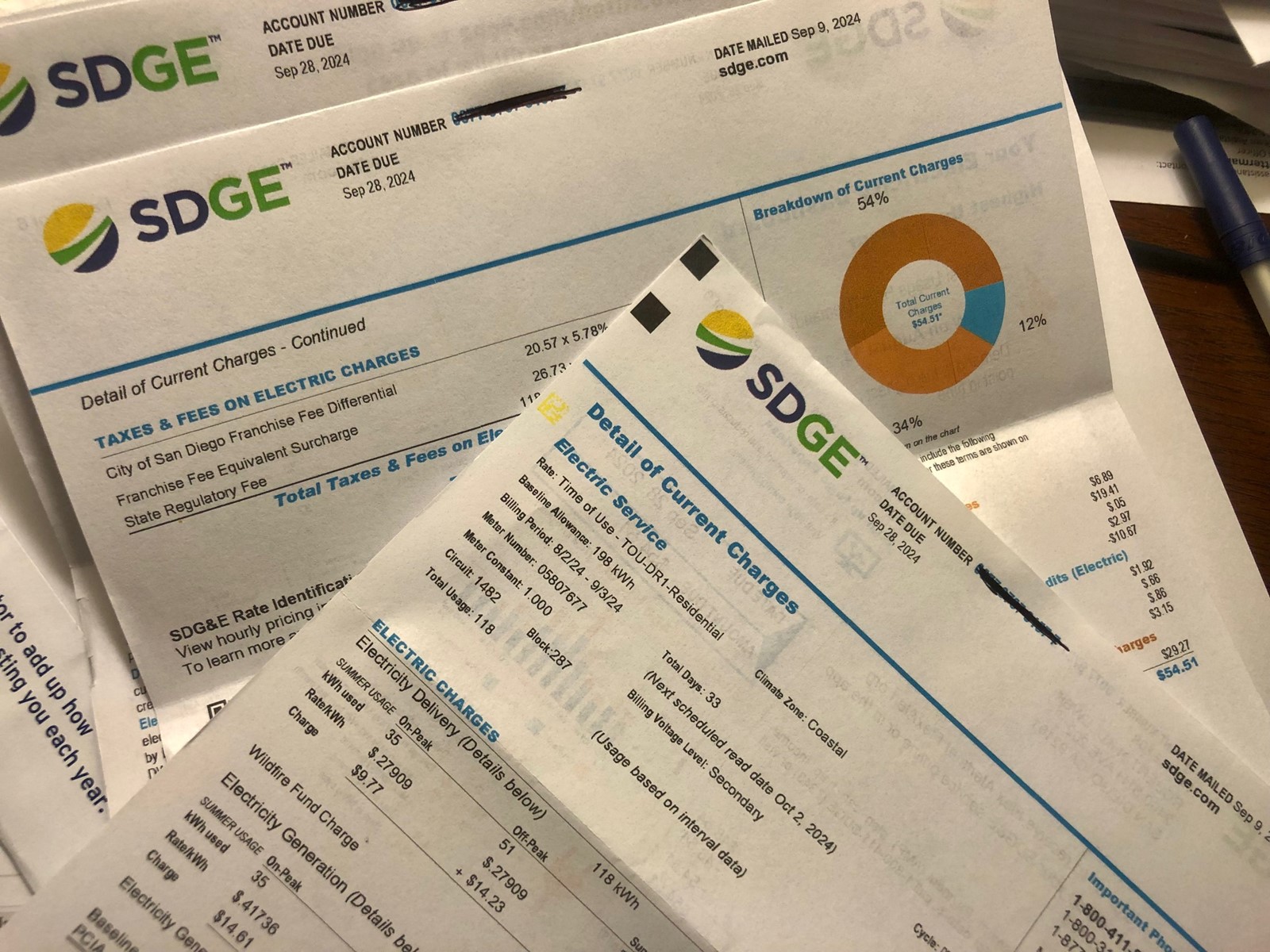
Two pieces of legislation introduced in Sacramento will help reduce rising utility bills across California and rein in profits collected by investor-owned utilities, their authors say.
A provision in Senate Bill 332 by Sen. Aisha Wahab, D-Fremont, would cap rate increases on residential customers to no more than the rate of inflation, in alignment with the Consumer Price Index.
Assembly Bill 745 by Assemblymember Jacqui Irwin, D-Thousand Oaks, aims to reduce the costs of infrastructure projects that get passed onto ratepayers. The bill would require spending that expands and upgrades existing transmission line projects first go through the California Public Utilities Commission.
AB 745 cites a CPUC report that says 64.8% ($4.4 billion) of investments by California’s big utilities on transmission projects between 2020 and 2022 were “self-approved.” There is currently no existing requirement that such projects undergo a formal review by the CPUC, the California Independent System Operator or any third party.
“This is a loophole that’s being taken advantage of more and more,” Irwin said. “The self-approved projects don’t have any review for appropriateness or cost and for ratepayers, so it means they are most likely paying more on every bill (to pay) for these projects.”
Soaring utility bills have become a burden for many customers across the state to shoulder.
According to the CPUC’s most recent annual report analyzing rate increases, the average per kilowatt-hour price for electricity has roughly doubled since 2013 for all three of the big investor-owned utilities in California — Southern California Edison, San Diego Gas & Electric and Pacific Gas & Electric.
The report went on to predict that electric rates will rise 5.6% to 10.8% annually through 2027.
“I believe that Californians have spoken loud and clear; they are tired of paying these excessive rates,” Wahab said. “We want to give ratepayers a break.”
But Gary Ackerman, a utilities and energy consultant with more than four decades of experience in power issues, is skeptical.
“Capping residential electricity rates may seem like a good idea, as it gives the impression of holding utilities accountable to consumers,” Ackerman said. “However, in practice, it is unworkable because many of the factors driving rate increases are beyond a utility’s control — including fuel costs, interest rates, state mandates and wildfire mitigation efforts.”
Ackerman said suppressing residential rates would shift the burden to commercial customers, which would drive up the utility bills of small and large businesses and stifle economic growth.
“A more practical approach would be to cap each utility’s total revenue requirement, while excluding external cost drivers beyond management’s control,” Ackerman said. “This would maintain financial stability while ensuring fairness across all customer classes.
Officials at SDG&E did not specifically comment on Wahab’s or Irwin’s bills but said the utility “understands affordability is a top concern for our customers.”
In addition to tying rate increases to inflation, SB 332 also includes seven other provisions that include reducing what customers pay into the state’s multibillion-dollar Wildfire Fund while increasing what utilities put into the fund and making compensation of utility executives contingent on safety metrics.
“Again and again, we are seeing billions of dollars in profits” from utilities, Wahab said.
Pacific Gas & Electric, the largest investor-owned utility in California, reported last week a profit of $2.48 billion for 2024.


 PREVIOUS ARTICLE
PREVIOUS ARTICLE
